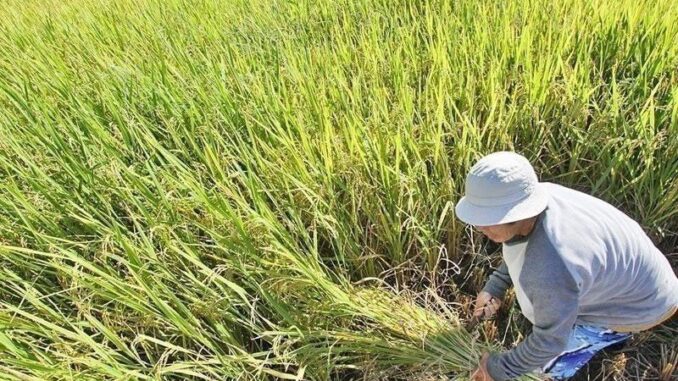
MANILA, Philippines — The Philippines can turn to India to source more affordable supplies after the South Asian country lifted its export ban on non-Basmati white rice, experts said.
University of Asia and Pacific Center for Food and Agribusiness executive director Marie Annette Dacul said the return of India to the export market would help in easing global rice supply and stabilizing world prices.
For the Philippines, India can serve as an alternative source of imported rice that might be cheaper compared to the stocks offered by traditional suppliers such as Vietnam and Thailand, Dacul said.
“Considering that it is cheaper compared to Vietnam and Thailand, it can be an option for additional rice supply and import diversification,” she told The STAR.
Dacul, nonetheless, noted that India, at present, is a “minor” source of the country’s rice imports, accounting for less than one percent of the overall volume.
The country’s rice imports from India as of Sept. 26 reached 22,039 metric tons, almost 60 percent higher than the 13,795 MT imported from the South Asian country for the entire 2023.
The Philippine Rice Industry Stakeholders Movement (PRISM) said the return of India to the global rice market has both benefits and challenges for the Philippines.
For one, the return of Indian rice supplies in the world market would help stabilize global prices and ease inflation that could keep rice affordable, benefiting consumers, the group said.
However, PRISM, a group of various rice industry stakeholders from farmers, millers to traders and importers, cautioned that the minimum export price (MEP) by India coupled by the prevailing exchange rate “could still lead to higher import costs.”
India established a $490 per MT floor price for its non-Basmati white rice, which some pundits have earlier noted was relatively cheaper by $50 to $100 than the prevailing rice export prices of Vietnam and Thailand.
PRISM pointed out that the “bigger” challenge is that local farmers could “potentially” experience lower domestic prices in the coming months as a result of increased import competition.
“PRISM urges the government to balance support for Filipino farmers with ensuring rice remains accessible to all. The organization advocates for stronger public-private partnerships, sustainable farming practices, and enhanced local supply chains to secure long-term food security and protect the rice industry,” the group told The STAR.
Even before President Marcos further reduced the tariff on rice imports to 15 percent, the lowest rate in the country’s history, the previous administration already slashed rice tariff to 35 percent, making it uniform across all trade partners of the country.
The administration of former president Duterte opted to reduce rice tariffs in the hopes of diversifying the country’s import sources.
Back then, the country was reliant on Vietnam and Thailand, which enjoyed a rice tariff of 35 percent by virtue of the Asean Trade in Goods Agreement.


Be the first to comment